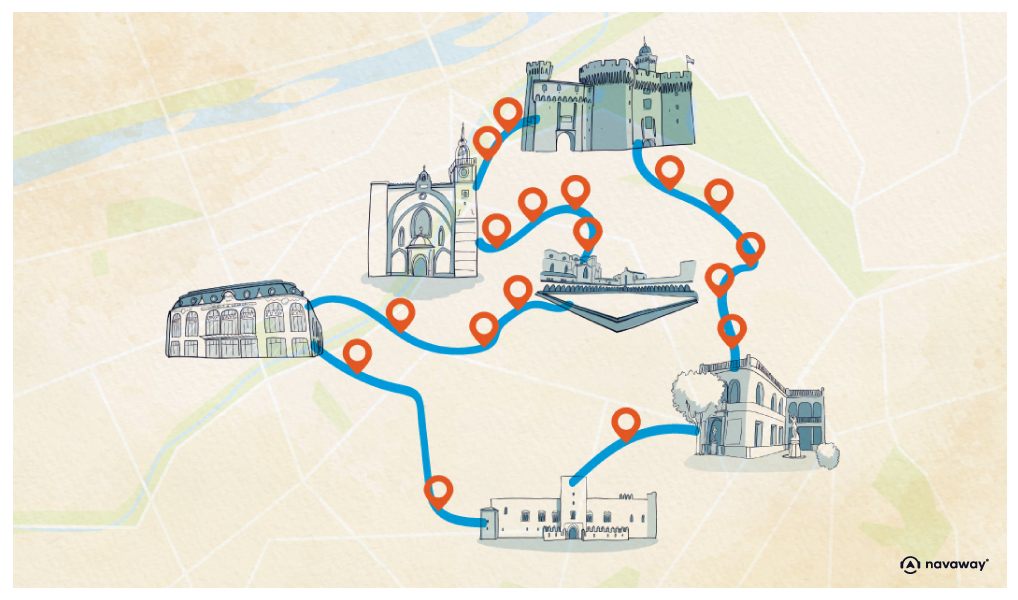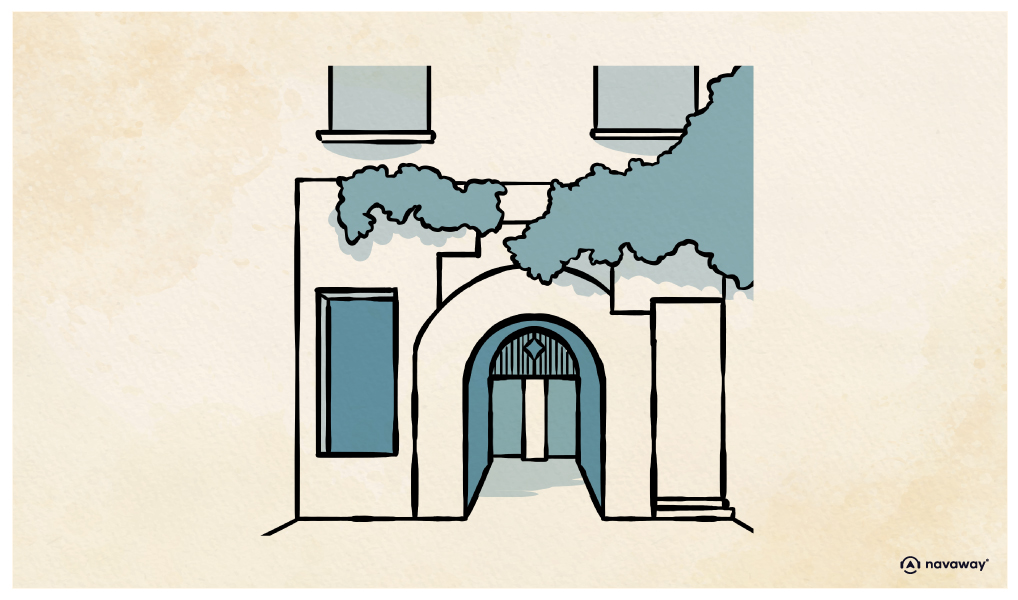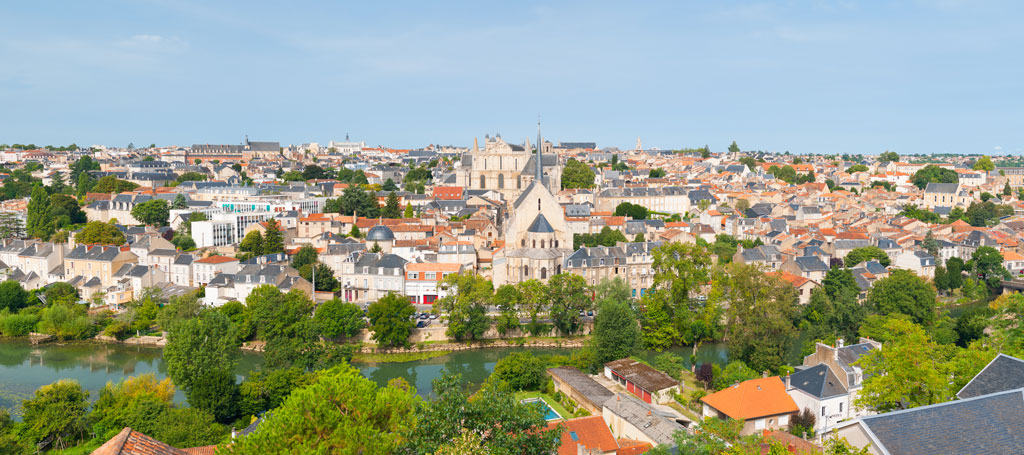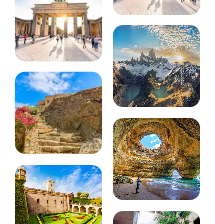
The Palace of the Deputation

This point of interest is available as audio on the tour: Visit Perpignan, A Taste of French Catalonia
Since the Middle Ages, Place de la Loge has been the political, commercial, and civic heart of Perpignan. You can see that clearly from the three major buildings lined up as you approach it: the Loge de Mer, the Town Hall, and the one right in front of you — the focus of this part of the audioguide. Built in the early 14th century under King Sanç of Majorca, the Palace of the Deputation was the political, democratic, and administrative centre of Roussillon — the former province that once covered this part of southern France during the medieval period. Inside, the Corts met. It was the medieval representative assemblies of the Crown of Aragon’s kingdoms. After Roussillon was annexed by France in 1659, the Palace of the Deputation gradually lost its political importance, before being absorbed into the Town Hall in 1866. Originally much larger, the palace was primarily the work of Marc Safont, one of the most important Catalan architects of the Middle Ages, who also helped build the Palau de la Generalitat in Barcelona. The columned windows, with their leafy capitals, and the building’s overall simplicity and symmetry are key features of the Gothic style. As for the elegant arcades of the interior loggia — the only surviving part of the original structure — they are a fine example of 14th-century Catalan design. This part of the building is attributed to Rauli Valter, a master builder closely connected to Guillem Sagrera, the architect of Saint-Jean-Baptiste Cathedral in Perpignan. That’s about all you need to know about this other historic gem in the Catalan capital!


Discover Perpignan with app
An interactive guide through the most beautiful streets, squares, and districts
19 fun audioguides full of historical facts, anecdotes, and legends





Comments